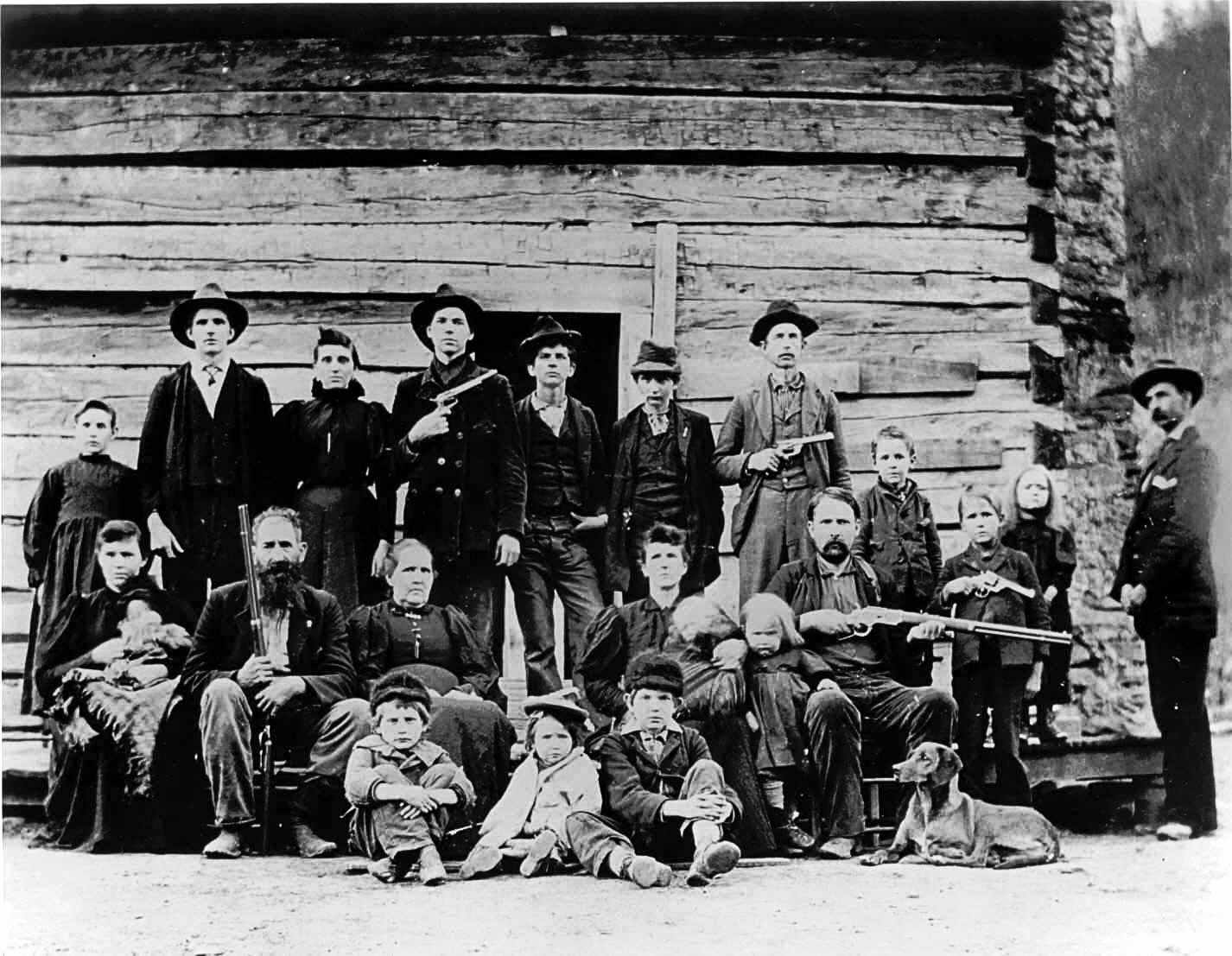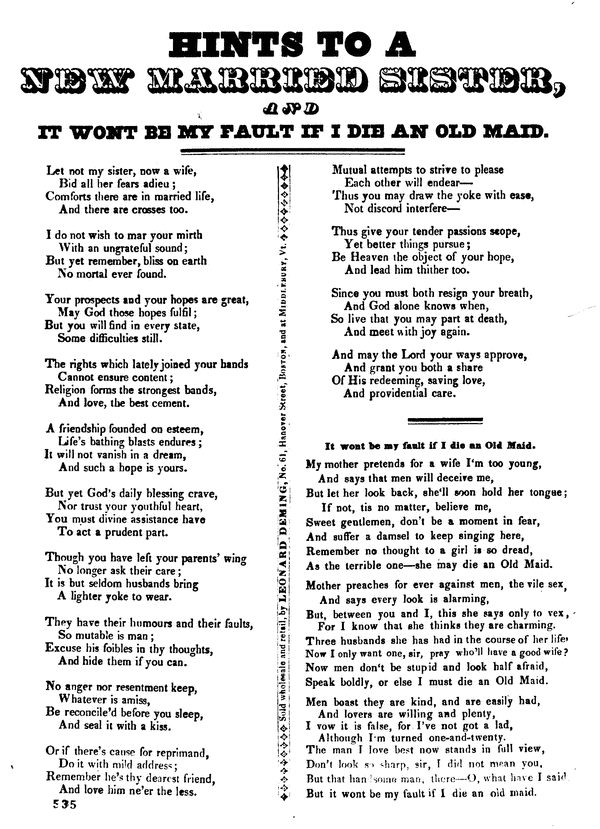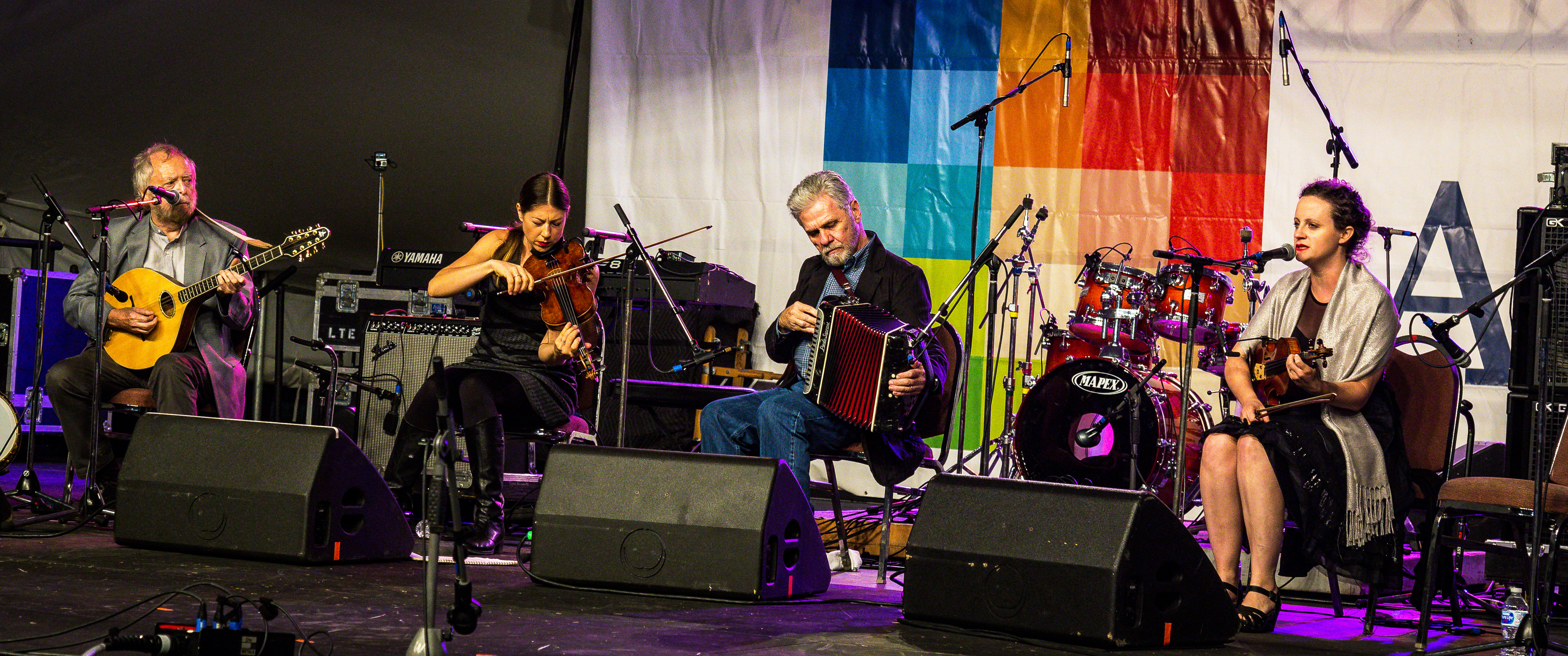|
Sadie Hawkins Day
Sadie Hawkins Day is an American folk event and pseudo-holiday originated by Al Capp's classic hillbilly comic strip ''Li'l Abner'' (1934–1978). This inspired real-world Sadie Hawkins events, the premise of which is that women ask men for a date or dancing. "Sadie Hawkins Day" was introduced in the comic strip on November 15, 1937; the storyline ran until the beginning of December. The storyline was revisited the following October/November, and inspired a fad on college campuses. By 1939, ''Life'' reported that 201 colleges in 188 cities held a Sadie Hawkins Day event. Comic strip In ''Li'l Abner'', Sadie Hawkins was the daughter of Hekzebiah Hawkins, one of Dogpatch's earliest settlers and the "homeliest gal in all them hills". She grew frantic waiting for suitors until she reached age 35 and was still a spinster ''Spinster'' is a term referring to an unmarried woman who is older than what is perceived as the prime age range during which women usually marry. It can also ... [...More Info...] [...Related Items...] OR: [Wikipedia] [Google] [Baidu] |
Al Capp
Alfred Gerald Caplin (September 28, 1909 – November 5, 1979), better known as Al Capp, was an American cartoonist and humorist best known for the satirical comic strip ''Li'l Abner'', which he created in 1934 and continued writing and (with help from assistants) drawing until 1977. He also wrote the comic strips ''Abbie an' Slats'' (in the years 1937–45) and ''Long Sam'' (1954). He won the National Cartoonists Society's Reuben Award in 1947 for Cartoonist of the Year, and their 1979 Elzie Segar Award, posthumously for his "unique and outstanding contribution to the profession of cartooning". Capp's comic strips dealt with urban experiences in the northern states of the USA until the year he introduced "Li'l Abner". Although Capp was from Connecticut, he spent 43 years writing about the fictional Southern town of Dogpatch, reaching an estimated 60 million readers in more than 900 American newspapers and 100 more papers in 28 countries internationally. M. Thomas Inge says ... [...More Info...] [...Related Items...] OR: [Wikipedia] [Google] [Baidu] |
Hillbilly
Hillbilly is a term (often derogatory) for people who dwell in rural, mountainous areas in the United States, primarily in southern Appalachia and the Ozarks. The term was later used to refer to people from other rural and mountainous areas west of the Mississippi river, too, particularly those of the Rocky Mountains and near the Rio Grande. The first known instances of "hillbilly" in print were in ''The Railroad Trainmen's Journal'' (vol. ix, July 1892), an 1899 photograph of men and women in West Virginia labeled "Camp Hillbilly", and a 1900 ''New York Journal'' article containing the definition: "a Hill-Billie is a free and untrammeled white citizen of Alabama, who lives in the hills, has no means to speak of, dresses as he can, talks as he pleases, drinks whiskey when he gets it, and fires off his revolver as the fancy takes him". The stereotype is twofold in that it incorporates both positive and negative traits: "Hillbillies" are often considered independent and self-relian ... [...More Info...] [...Related Items...] OR: [Wikipedia] [Google] [Baidu] |
Comic Strip
A comic strip is a sequence of drawings, often cartoons, arranged in interrelated panels to display brief humor or form a narrative, often serialized, with text in balloons and captions. Traditionally, throughout the 20th and into the 21st century, these have been published in newspapers and magazines, with daily horizontal strips printed in black-and-white in newspapers, while Sunday papers offered longer sequences in special color comics sections. With the advent of the internet, online comic strips began to appear as webcomics. Strips are written and drawn by a comics artist, known as a cartoonist. As the word "comic" implies, strips are frequently humorous. Examples of these gag-a-day strips are '' Blondie'', ''Bringing Up Father'', ''Marmaduke'', and ''Pearls Before Swine''. In the late 1920s, comic strips expanded from their mirthful origins to feature adventure stories, as seen in ''Popeye'', ''Captain Easy'', ''Buck Rogers'', ''Tarzan'', and ''Terry and the Pira ... [...More Info...] [...Related Items...] OR: [Wikipedia] [Google] [Baidu] |
Li'l Abner
''Li'l Abner'' is a satirical American comic strip that appeared in many newspapers in the United States, Canada and Europe. It featured a fictional clan of hillbillies in the impoverished mountain village of Dogpatch, USA. Written and drawn by Al Capp (1909–1979), the strip ran for 43 years – from August 13, 1934, through November 13, 1977. The Sunday page debuted six months after the daily, on February 24, 1935. It was originally distributed by United Feature Syndicate and, later by the Chicago Tribune New York News Syndicate. Comic strips typically dealt with northern urban experiences before Capp introduced Li'l Abner, the first strip based in the South. The comic strip had 60 million readers in over 900 American newspapers and 100 foreign papers in 28 countries. Capp "had a profound influence on the way the world viewed the American South." Cast Main characters Li'l Abner Yokum: Abner's character was tall and perpetually 19 years old. He was portrayed as a naiv ... [...More Info...] [...Related Items...] OR: [Wikipedia] [Google] [Baidu] |
Life (magazine)
''Life'' was an American magazine published weekly from 1883 to 1972, as an intermittent "special" until 1978, and as a monthly from 1978 until 2000. During its golden age from 1936 to 1972, ''Life'' was a wide-ranging weekly general-interest magazine known for the quality of its photography, and was one of the most popular magazines in the nation, regularly reaching one-quarter of the population. ''Life'' was independently published for its first 53 years until 1936 as a general-interest and light entertainment magazine, heavy on illustrations, jokes, and social commentary. It featured some of the most notable writers, editors, illustrators and cartoonists of its time: Charles Dana Gibson, Norman Rockwell and Jacob Hartman Jr. Gibson became the editor and owner of the magazine after John Ames Mitchell died in 1918. During its later years, the magazine offered brief capsule reviews (similar to those in ''The New Yorker'') of plays and movies currently running in New York City, bu ... [...More Info...] [...Related Items...] OR: [Wikipedia] [Google] [Baidu] |
Dogpatch
Dogpatch was the fictional setting of cartoonist Al Capp's classic comic strip ''Li'l Abner'' (1934–1977). ''Li'l Abner'' comic strip The inhabitants of Dogpatch were mostly lazy hillbillies, who usually wanted nothing to do with progress. ''Li'l Abner'' backwater hometown chiefly consisted of dismal log cabin hovels, pine trees, "tarnip" fields and hog wallows—and was often referred to by its inhabitants and outsiders as being the most miserable and unnecessary place on earth. The menfolk were too lazy to work, yet Dogpatch gals were desperate enough to chase them (see Sadie Hawkins Day). Those who farmed their turnip fields watched turnip termites swarm by the billions once a year, locust-like, to devour Dogpatch's only crop (along with their livestock and all their clothing). Al Capp used to joke that Dogpatch was based on Seabrook, New Hampshire, where he would vacation with his wife, Catherine. A map shown during the story arc of the Shmoo seems to place Dogpatch so ... [...More Info...] [...Related Items...] OR: [Wikipedia] [Google] [Baidu] |
Spinster
''Spinster'' is a term referring to an unmarried woman who is older than what is perceived as the prime age range during which women usually marry. It can also indicate that a woman is considered unlikely to ever marry. The term originally denoted a woman whose occupation was to spin. A synonymous term is old maid. The closest equivalent term for males is "bachelor" or "confirmed bachelor", but this generally does not carry the same connotations in reference to age and perceived desirability in marriage. Etymology and history Long before the Industrial Age, "the art & calling of being a spinster" denoted girls and women who spun wool. According to the ''Online Etymological Dictionary'', spinning was "commonly done by unmarried women, hence the word came to denote" an unmarried woman in legal documents from the 1600s to the early 1900s, and "by 1719 was being used generically for 'woman still unmarried and beyond the usual age for it'". As a denotation for unmarried women ... [...More Info...] [...Related Items...] OR: [Wikipedia] [Google] [Baidu] |
Bachelor's Day (tradition)
Bachelor's Day, sometimes known as Ladies' Privilege, is an Irish folklore, Irish tradition by which women are allowed to Marriage proposal, propose to men on February 29, Leap Day, 29 February, based on a legend of Saint Bridget and Saint Patrick. It once had legal basis in Scotland and England. History The tradition is supposed to originate from a deal that Brigit of Kildare, Saint Bridget struck with Saint Patrick. In the 5th century, Bridget is said to have gone to Patrick to complain that women had to wait too long to marry because men were slow to propose, asking that women be given the opportunity. Patrick is said to have offered that women be allowed to propose on one day every seven years, but Bridget convinced him to make it one day every four years. The tradition also has background in the number of late February proposals encouraged by how undesirable it was to be unmarried during Lent, because of social responsibility to marry combined with the ban on marrying durin ... [...More Info...] [...Related Items...] OR: [Wikipedia] [Google] [Baidu] |
Fictional Elements Introduced In 1937
Fiction is any creative work, chiefly any narrative work, portraying individuals, events, or places that are imaginary, or in ways that are imaginary. Fictional portrayals are thus inconsistent with history, fact, or plausibility. In a traditional narrow sense, "fiction" refers to written narratives in prose often referring specifically to novels, novellas, and short stories. More broadly, however, fiction encompasses imaginary narratives expressed in any medium, including not just writings but also live theatrical performances, films, television programs, radio dramas, comics, role-playing games, and video games. Definition Typically, the fictionality of a work is publicly marketed and so the audience expects the work to deviate in some ways from the real world rather than presenting, for instance, only factually accurate portrayals or characters who are actual people. Because fiction is generally understood to not fully adhere to the real world, the themes and conte ... [...More Info...] [...Related Items...] OR: [Wikipedia] [Google] [Baidu] |
Folk Festivals In The United States
Folk festivals are an important part of American community life. For the American people, popular folk festivals are important events composed of complex folklore phenomena. Folk festivals are generally used to celebrate folk music and traditional folk crafts, and some folk festivals are embodied in the form of dance and art. Some festivals are used to celebrate the harvest of crops or to gather people to watch performances and enjoy music, dance and folk culture on a specific day. These folk festivals can be categorized into music, dance, traditional culture and art as well as traditional crafts. Some folk festivals have a long history and they have been passed down from generation to generation. Even the folk festivals that have been recognized by people in recent years have received attention. There are hundreds of folk festivals in American waiting to be celebrated, and each festival has its own characteristics and style. As an inclusive country that incorporates a diverse cult ... [...More Info...] [...Related Items...] OR: [Wikipedia] [Google] [Baidu] |
Fictional Holidays
Fiction is any creative work, chiefly any narrative work, portraying individuals, events, or places that are imaginary, or in ways that are imaginary. Fictional portrayals are thus inconsistent with history, fact, or plausibility. In a traditional narrow sense, "fiction" refers to written narratives in prose often referring specifically to novels, novellas, and short stories. More broadly, however, fiction encompasses imaginary narratives expressed in any medium, including not just writings but also live theatrical performances, films, television programs, radio dramas, comics, role-playing games, and video games. Definition Typically, the fictionality of a work is publicly marketed and so the audience expects the work to deviate in some ways from the real world rather than presenting, for instance, only factually accurate portrayals or characters who are actual people. Because fiction is generally understood to not fully adhere to the real world, the themes and context of ... [...More Info...] [...Related Items...] OR: [Wikipedia] [Google] [Baidu] |


.jpg)



